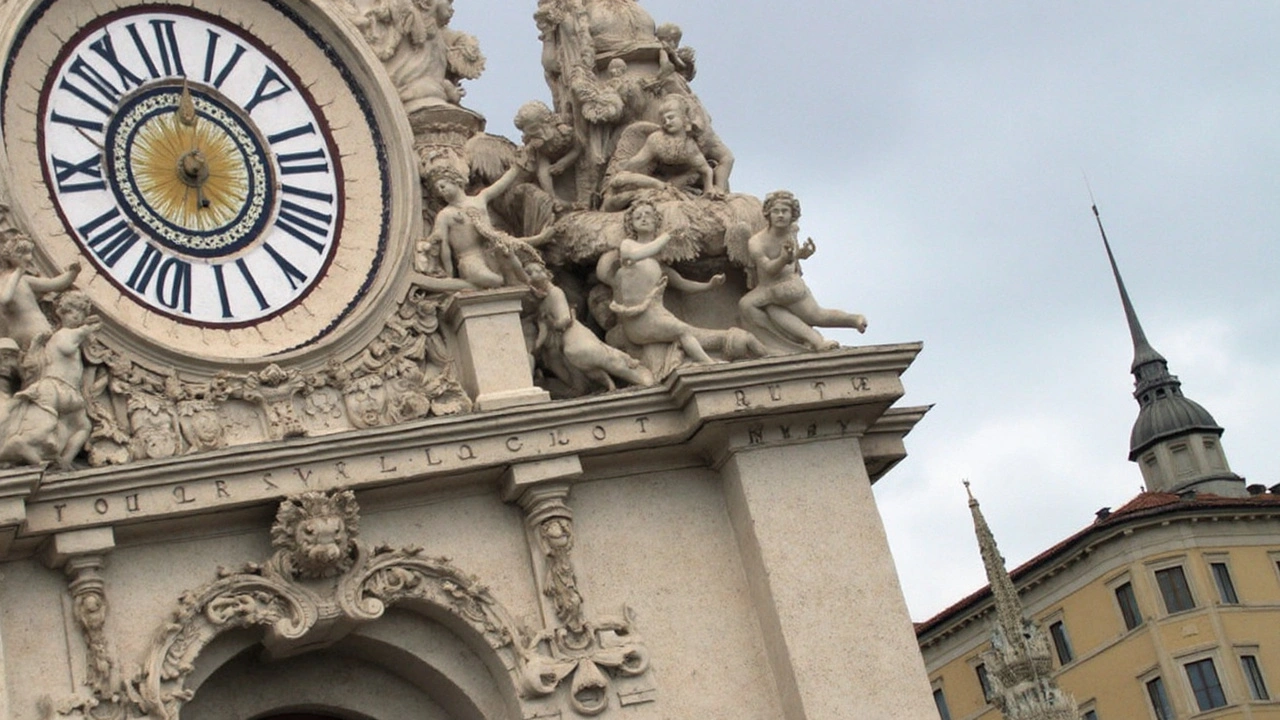Pope Benedict XVI: A Pontiff Who Changed Vatican History
The death of Pope Benedict XVI on December 31, 2022, closed a chapter few thought could exist: two popes living side by side in Vatican City. For years after his 2013 resignation—the first in nearly six centuries—Benedict quietly lived in the Mater Ecclesiae Monastery. When news of his passing broke, Catholics around the world paused to remember a figure who reshaped the papacy with his intellect, conservative values, and a decision that stunned even longtime Church watchers.
Born Joseph Ratzinger in Germany, Benedict came to power in 2005 after the long and beloved reign of Pope John Paul II. At 78, he was one of the oldest new popes and quickly gained a reputation for sticking closely to traditional Catholic teachings. His sharp mind had been recognized for decades; before becoming pope, he led the Vatican body responsible for doctrine, making him something of a theological watchdog. During his papacy, he never shied away from issues others preferred to avoid. He spoke frankly about faith, morality, and the challenges modern society posed to religious life.
But perhaps the issue that most defined his years as pope was the long-ignored crisis of clerical sex abuse within the Church. Benedict took on the painful task of investigating and disciplining priests accused of abuse—a process many felt was too slow but still marked a shift toward greater accountability. He also tried, with mixed success, to heal wounds with groups alienated from the Church, from traditionalist Catholic communities to dialogue with Jews and Muslims—sometimes sparking controversy in the process.

Farewell to a Spiritual Leader: Mourning and Ceremony at the Vatican
Benedict’s resignation took the world by surprise in early 2013; citing declining health and energy, he said he could no longer meet the demands of leading the vast Catholic Church. In stepping down, he paved the way for Pope Francis, marking the first time in modern history that a retired pope watched his successor continue the work he had left behind.
With his passing, tens of thousands of mourners flocked to St. Peter's Basilica between January 2 and 4, 2023. Nearly 195,000 people filed past his body during the time he lay in state. The scene was striking—crowds of nuns, priests, pilgrims, and everyday Romans, many with rosaries in hand, sought to pay their respects to a man whose papacy had affected both the direction and image of the Church worldwide.
The funeral, led by Pope Francis on January 5, was an extraordinary event. About 50,000 filled St. Peter's Square under a solemn winter sky, among them cardinals from around the globe, religious leaders, politicians, and everyday believers. The choice to have Francis preside over his predecessor’s funeral was another historical milestone, highlighting the rare coexistence of two living popes until that moment.
After the funeral rites, Benedict was laid to rest in the crypt beneath St. Peter's Basilica. Following tradition, his remains were placed in three coffins: first cypress, then zinc, and finally oak. This ancient ritual, reserved for popes, reflects the Church’s deep connection to history. His new resting place had once held the remains of John Paul II until his beatification.
Benedict’s impact rippled far beyond Vatican walls. The Vatican honored his memory with a special postage stamp on January 31, 2023, featuring his image and dates of service. Meanwhile, Costa Rica responded with a four-day period of national mourning, underlining just how global Benedict’s influence had become. Tributes poured in from clergy and laypeople alike, not just for his scholarship and leadership, but for the way he brought ancient roles into modern times.
